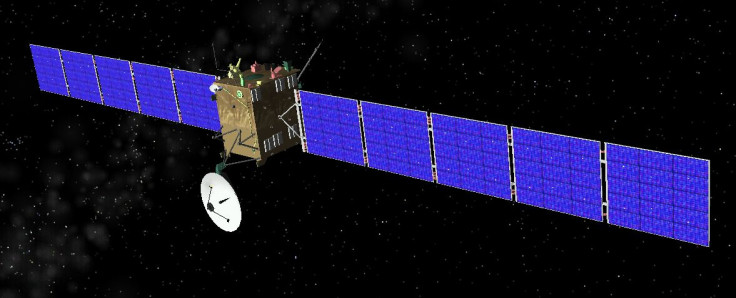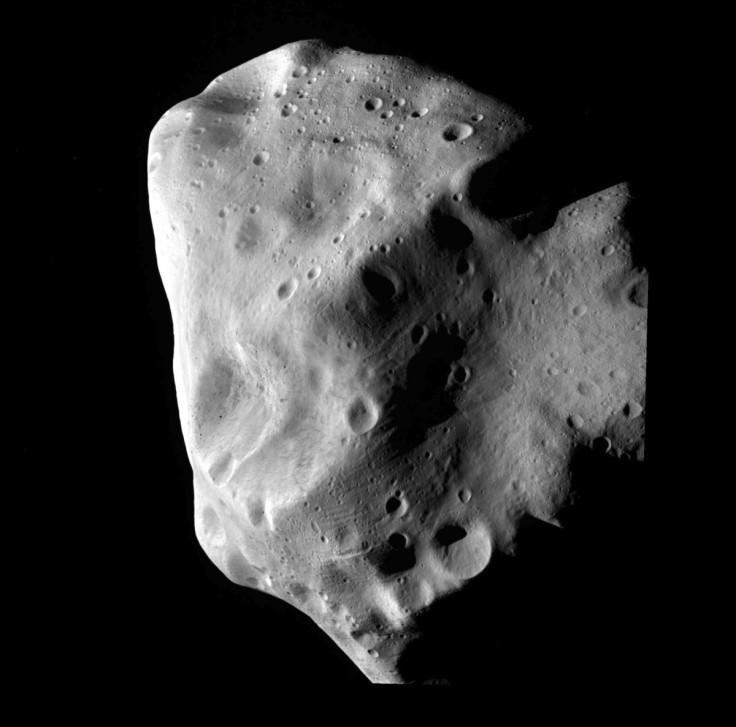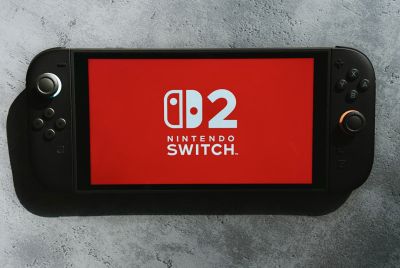'Sleeping' Spacecraft Rosetta Wakes Up to Catch a Comet

After drifting at the outer edges of the solar system with no power for three years, the spacecraft Rosetta is to be roused on Monday morning so it can rendezvous with a 4km-wide comet that is now 800 million km from earth.
Once Rosetta's power has been switched on, the billion-dollar spacecraft, a joint venture between the European Space Agency and Nasa, will meet the comet '67P/Churyumov-Gerasimenko' and spend 17 months on its tail as it streaks through the solar system. Rosetta carries 15 instruments in order to study the comet, which is composed mainly of dust and ice.
During the mission a 3ft wide lander from Rosetta called Philae will attempt to land on the comet itself – the first time such a manoeuvre has been attempted. If all goes according to plan, Philae will fire harpoons into 67P's icy surface and attempt to land, sending photographs back to the mothership and then back to Earth. However, as scientists are unsure whether the surface will resemble "concrete or candyfloss" they admit this will be the hardest aspect of the whole mission.
Scientists monitoring Rosetta hope to find answers about the origins of the solar system, including how water first appeared on Earth and whether solar winds could ever pose a danger to Earth, recording changes that take place as 67P transforms from an icy snowball to a fiery rock.
I should buy a ticket and a big box of popcorn. Rosetta is going to be a remarkable ride
This will be just the latest in a long line of close encounters for Rosetta, which launched in 2004. After making three loops around the Earth to build up speed, it shot past Mars at a low angle to come within 800km of asteroid 2867 Šteins, sending back the first photographs of that extra-terrestrial body.
Rosetta then approached the 100km-wide asteroid 21 Lutetia in 2010 before entering its three-year hibernation, where all power was switched off and the craft was uncontactable from earth. Now, as its date with 67P draws near, scientists back on Earth will hope to "wake" the spacecraft by remote control – and hoping it doesn't require a jump start.

Nasa project manager Art Chmielewski said: "It feels good to be part of a team that is on the cusp of making space exploration history. There are so many exciting elements and big milestones coming up in this mission that it feels like I should buy a ticket and a big box of popcorn. Rosetta is going to be a remarkable ride."
© Copyright IBTimes 2025. All rights reserved.






















